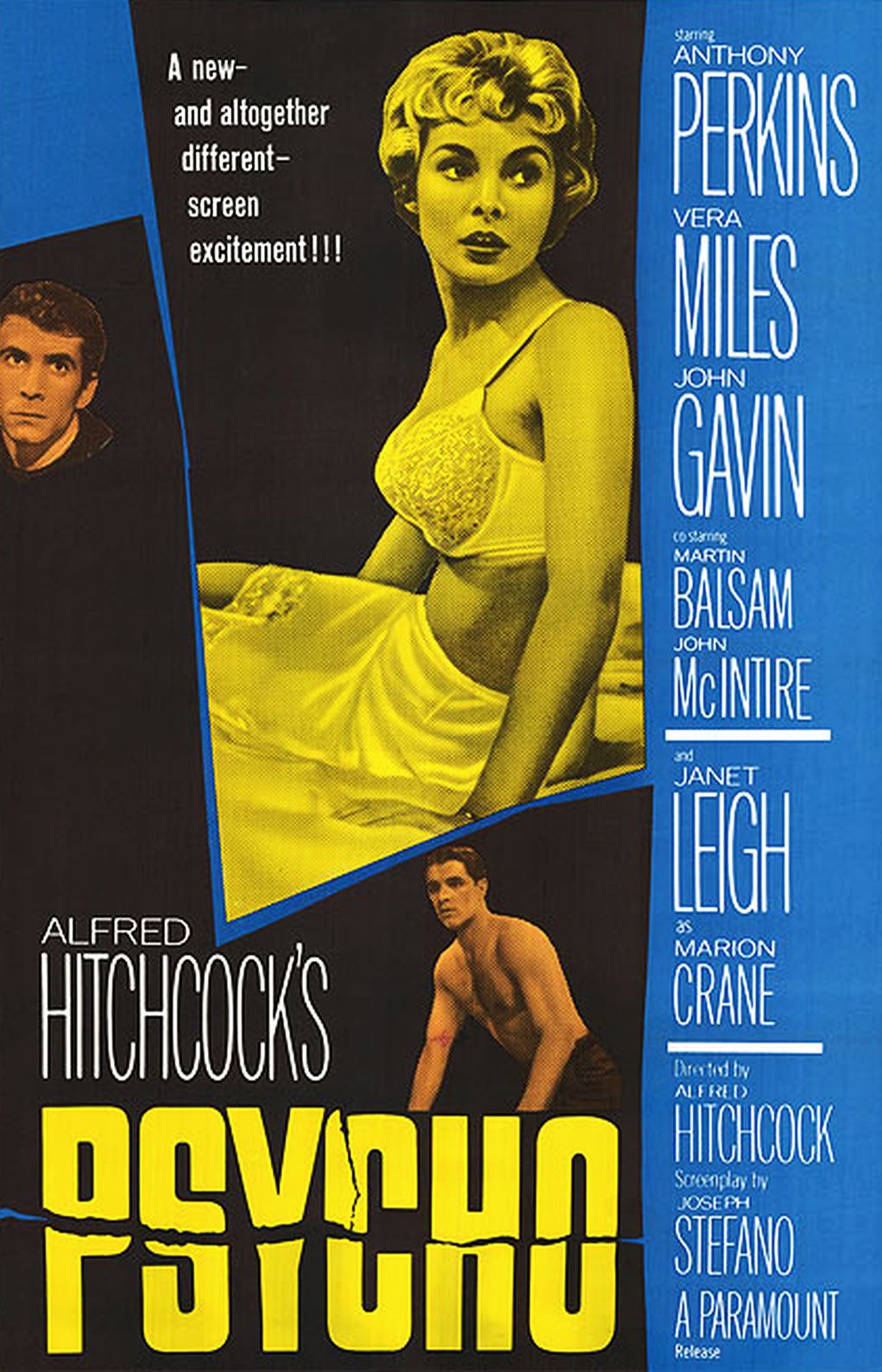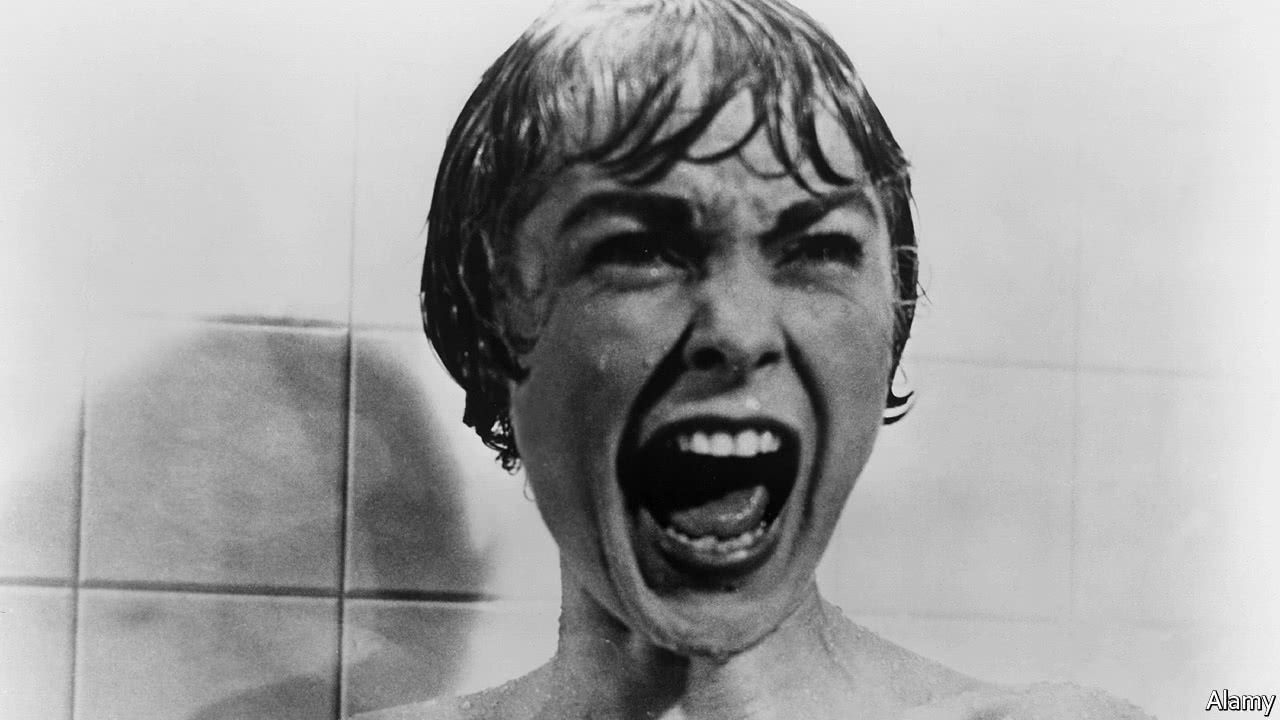The project has definitely been an interesting one - but it has also been tough and opened my eyes to tight deadlines and truck loads of work that need to get done, whether you're ready for it or not. I am happy with the work I've done, but I still think that I'd like to do more if I ever got the chance. I feel like there is a lack of environment concept art/production art: the reason being I found it too time consuming, as well as the fact that environments are the least attractive subject to me, especially compared to character design. In future I'd like to try and divide my attention evenly between all aspects of the project.
I also struggled the timings for my storyboard, animatic and pre-viz. They have all ended up being different times - the stoyboard is around 2:30, the animatic is just under 2 minutes, and the pre-viz is just over. I don't like this inconsistency, and next time I'd like to try and concentrate all of my storyboard/animation lengths so they're all the same in the end.
One more aspect I'm not too happy with is the sound. As I said before, time was tight and there was so much to do in a short space of time - so sound was definitely on the back burner until the last minute. Originally, because I like to write my own music, I planned to make my own soundtrack, but that didn't quite work out, so I had to find a royalty-free on online instead. Also, in future I'd like to try and add in some diegetic sounds as my animation currently has none.
What I am proud of in this project is my character design. It may not seem like much, but I practically never draw men, and if I do they're very simple and bland. However in this project I've managed to create two male characters who have their own personalities that have been reflected in their designs. I'm quite happy with this and can't wait to push it further in the future.
Overall, I do see a lot of flaws in my project, but I see a few small successes too. This unit has been a big learning curve, and it's left me with a lot of questions that I now need to explore. I'm a little wary but also curious to see what lies ahead - hopefully I'll be able to examine the trajectory I'm on and adjust it accordingly.

















































